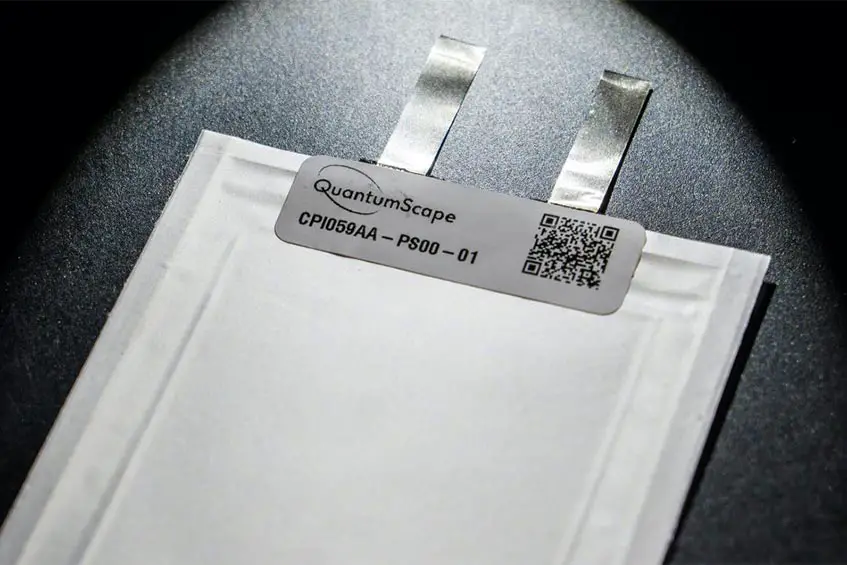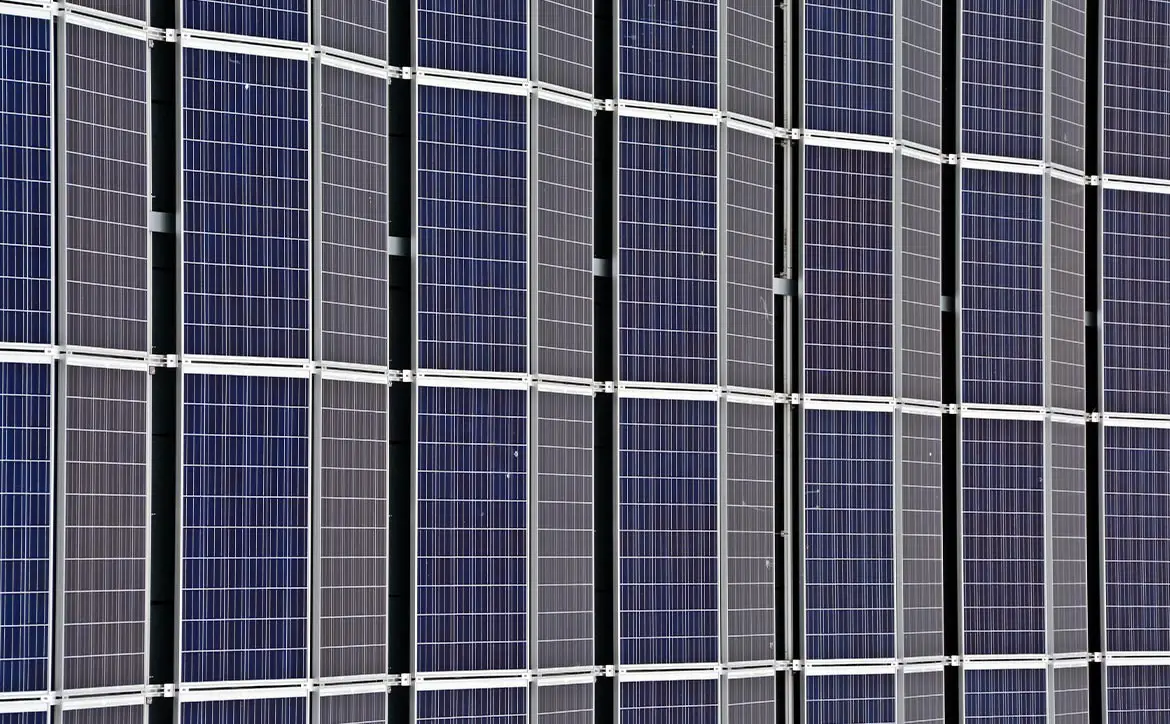Technology is everywhere. New gadgets emerge virtually every day to make life easier, but as more go into use, the world consumes more and more energy. At the same time, new technologies may be the way out of our high energy consumption habits.
Estimated reading time: 5 minutes
Generally speaking, electronics have grown more energy-efficient over time. They can go further, though, providing new ways for companies and consumers alike to lower their overall power consumption. Here’s a look at five of the most promising of these innovations for 2022.
1. RF energy harvesting
The internet of things (IoT) is one of the biggest tech trends to emerge in years. There are more than 22 billion of these wireless devices worldwide, sending and receiving tons of data over radio frequency (RF) waves. Some new technologies could harness those RF waves to generate power.
RF waves carry more than just signals but ambient energy with them. If devices could harvest this energy, they could reduce what would otherwise be waste, helping people actually use more of the power they consume. If that becomes widespread enough, it could lead to a significant improvement in energy efficiency.
The concept of RF energy harvesting isn’t necessarily new, but it’s only recently become a potentially viable solution. Researchers have developed a device that can harvest milliwatts of power from various frequencies. As this improves, it could help IoT networks reduce power consumption everywhere.
2. Solar glass
Another promising technology for improving energy efficiency is solar glass. Solar glass draws power from the sun like traditional solar panels but is transparent, so it can also work like regular glass. That way, adding renewable energy to a building doesn’t have to affect its appearance, helping more people embrace it.
The federal government already offers tax incentives for solar panels, but solar glass would make them even more enticing. Adding renewable energy to a home would be more like replacing a window than installing new infrastructure on your house. If an entire office building has solar windows, it could generate a lot of clean power, too.
Solar glass has been around for a few years, but 2022 could be the year it takes off. With more funding and research pouring into clean energy, this technology could become more affordable and efficient this year.
3. Solid-state EV batteries
One of the areas where better energy efficiency would make the most difference is electric vehicles (EVs). Cars emit a lot of harmful pollutants, so switching to zero-emissions alternatives is crucial to protect the environment. Inefficient batteries make EVs inconvenient, but solid-state batteries could improve their range, helping them attract more people.

Right now, the median for EVs is 250 miles, which is impressive, but considering how long they take to charge, it should be longer. Solid-state batteries offer a couple of improvements. First, they can go longer between charges, and then, they charge faster after running out of juice.
These batteries have been growing cheaper, so 2022 could be their year to break into the EV market. Other manufacturers have been working on hybrid batteries that offer many of the same benefits for a lower price.
4. Magnetocaloric refrigeration
One tech innovation that may fly under many people’s radar is magnetocaloric refrigeration. This technology uses magnetic fields to heat up or cool down an object or area, controlling the temperature without using as much energy as traditional sources.
According to some studies, magnetocaloric refrigeration could reduce energy consumption by 20 to 30%, compared to standard refrigeration techniques. Since it doesn’t use any chemical refrigerants, it also eliminates the risk of these toxins leaking into the environment. Storing and transporting cold goods could become significantly more energy efficient.
Recent breakthroughs have made this technology far more viable as a widespread alternative to traditional refrigeration. 2022 could see it in large-scale supply chain operations.
5. P2P energy trading
Some energy efficiency innovations don’t revolve around energy technology itself but make it more useful. That’s the case with peer-to-peer (P2P) energy trading. This concept uses blockchain technology to let people buy and sell their surplus renewable energy, eliminating waste and making clean power more accessible.
One of the pitfalls of renewable energy is that it’s hard to store, so if someone doesn’t use all they generate, there’s some wasted power. Selling that surplus energy to other people or businesses could solve that problem, but that can be difficult without going through a third party that may take a cut. P2P energy trading solves that problem.
Smart contracts on the blockchain automatically enforce agreements and keep a transparent but unchangeable record of the transaction. That way, people with solar panels or wind turbines can easily sell their extra power without a third party. Some startups have already started offering P2P energy trading, so it could take off in 2022.
2022 could be a big year for sustainable tech
As people have grown more concerned about the environment, research in sustainable tech is skyrocketing. If current trends continue, 2022 could see many landmark breakthroughs for green technology.
These five innovations are just a taste of what’s coming in energy-efficient technology. These technologies and others like it are quickly becoming cheaper, more efficient and more reliable, helping the world overcome its energy problems.










